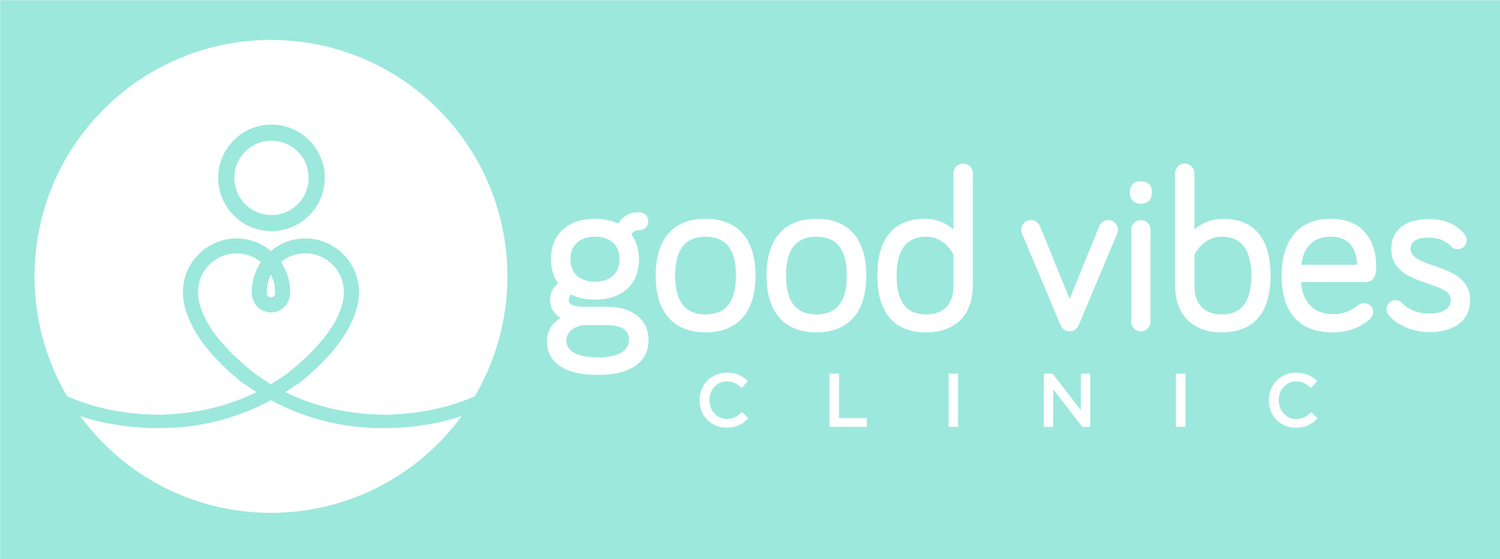Who even am I? The complexity of sexuality
If you have never had a thought, feeling or action that made you question what you thought you’d always known about your sexuality, this post probably isn’t for you.
For those of you who occasionally, or (if you’re like most people) always have this realisation and are left wondering what that particular thought/feeling/action means, welcome! I hope to explain to you, in 500 words or less, everything you need to know about your sexuality.
So since approximately 1950, research on human sexuality has proven that sexuality is not as straightforward as boxing people in to ‘gay’ or ‘straight’. The Kinsey Institute developed a scale (craftily known as the Kinsey Scale) which depicts a continuum of sexual possibility between full-blown homosexual and full-blown heterosexual. And the fact is that most people don’t fall on one side or the other. Most people fall somewhere in between homosexual and heterosexual. Have a go now…
If you’ve successfully managed to rate yourself then you’ve passed Level 1.
Illustration credit: Taylor Hammes
On to Level 2…A three-dimensional version of this model is now considered the best way to understand our sexuality. It is made up of three components; sexual orientation, sexual identity, and sexual behaviour. If you break them down and consider them individually it seems pretty straightforward; it’s just putting them together that gets a bit more interesting. I’d recommend rating yourself for each of these three dimensions using the scale above.
Sexual behaviour is the easiest so let’s start there. This includes any sexual activities that you have PHYSICALLY been involved in. It doesn’t include what you fantasise about or watch on one of the many fantastic porn sites available in the palm of our hands. So this is who you’ve had physical sexual contact with. Are they mostly men, mostly women, or a combination of both? Rate 0-6.
Sexual orientation is more similar to the rating scale. Are you interested in men, women, or both? When I say interested I mean attraction in both the visual and emotional sense. The butterflies in the stomach and the tingling down below. This can include your fantasies, porn habits etc., if you think they make up part of your orientation. Rate 0-6
Sexual identity can be broken down into public identity and personal identity. This is what you tell people about your sexuality, and what you tell yourself. For example, you might personally identify as bisexual because you are attracted to (and have had sexual contact) with members of both sexes, but your public identity may be heterosexual due to cultural, social or other reasons. Rate 0-6 on both if they are different.
So what comes out of this is a better understanding of you and your sexuality. If you notice that your ratings vary greatly, it’s worth having a think about why this might be. Are your orientation and personal identity similar to each other but different to your behaviours and public identity? If so, this suggests that there may be external factors impacting your personal sexuality and identity. This is not necessarily a problem and is quite normal given the remaining stigma toward bisexuality and homosexuality (we are getting there Australia). If, however, this disparity is causing you concern or stress, make an appointment to discuss it further with a specialist who can offer support in bridging the gaps, or at least understanding how you can make them work for you.


